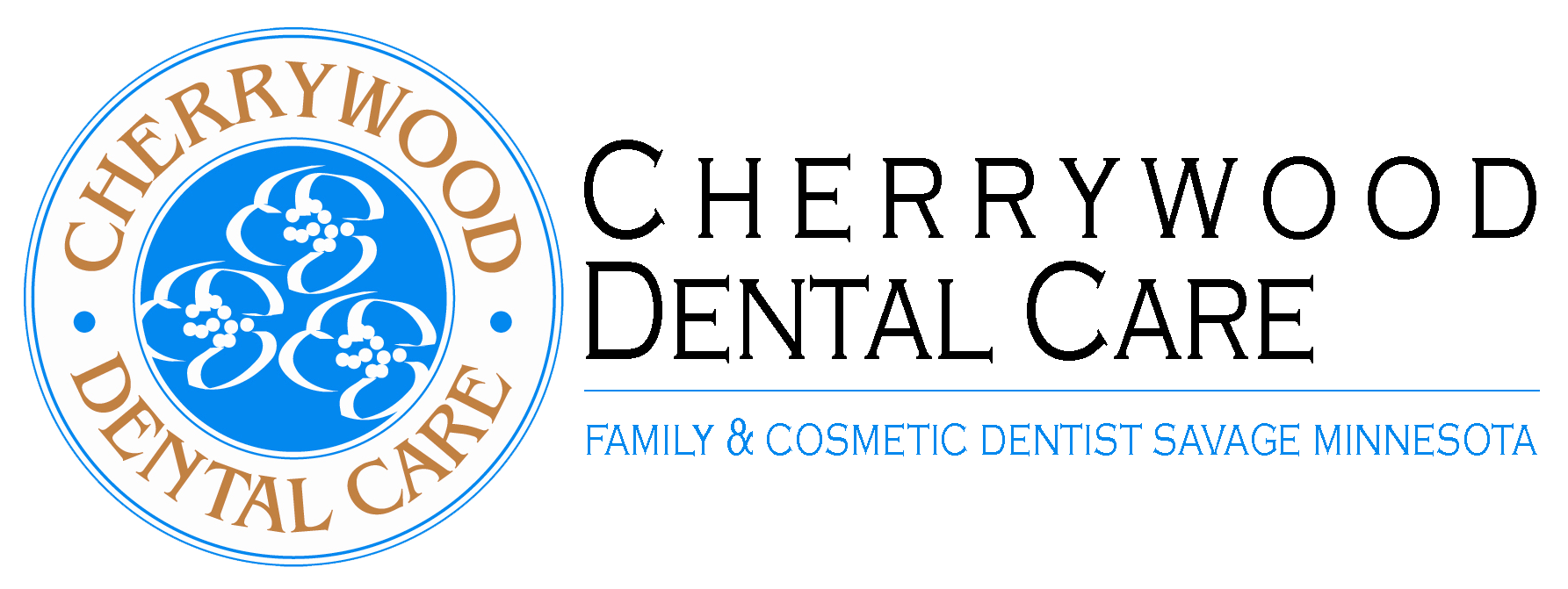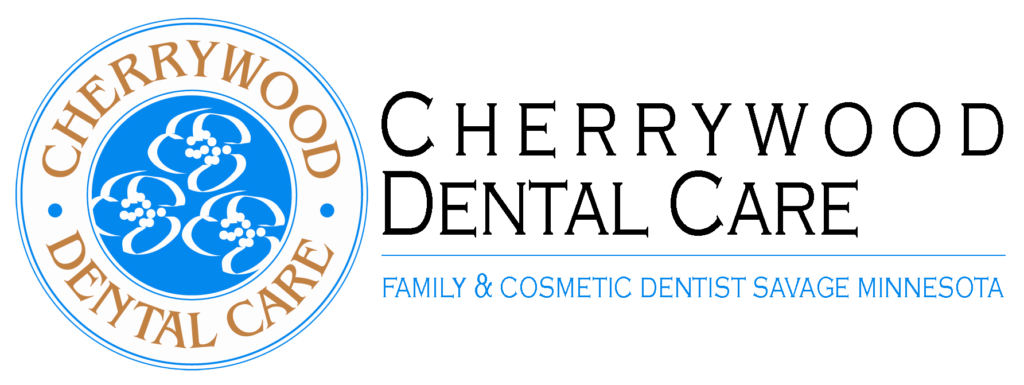Fix Chipped Teeth
If your tooth is chipped, cracked, or broken, it is important to consult your dentist as soon as you can. If left untreated, the damage may worsen, and the crack or fracture may even let bacteria into the tooth, which can lead to infection. Infection may result in significant health risks and possible tooth loss. The best way to avoid these serious problems is to treat a chipped or broken tooth as soon as possible. While emergency dentists may have broader availability than traditional dentists, there are certainly circumstances that may prevent someone from visiting the dentist immediately upon damaging a tooth. If you chip a tooth and are unable to see the dentist promptly, there are home care methods that can help. It hurts to break or chip a tooth, and over-the-counter pain relievers, like ibuprofen or acetaminophen, can help relieve this pain. Rinsing your mouth with salt water may also feel soothing, and it can help reduce the risk of infection in a chipped or broken tooth. If there is a sharp or jagged edge on your broken tooth, it is important to protect your tongue and cheek from these edges; consider using a small piece of paraffin wax or even sugarless chewing gum to cover the jagged edge and protect your mouth’s sensitive soft tissue. If you eat before seeing the dentist, stick to soft foods and be sure to avoid the damaged tooth while chewing. You might also use a product called Dentemp, which is available at most drugstores, to temporarily seal and protect a chipped or broken tooth until you can see your dentist.
Once you are able to see your dentist for a consultation and treatment to repair a chipped or broken tooth, you will learn about the different options you have for your specific issue. Duration and cost of treatment will largely be determined by the extent of the damage. If there is only a small bit of enamel that has chipped away from the tooth, your dentist may be able to repair the tooth in a single office visit. If your tooth is more seriously broken or damaged, the treatment will take longer and will also be more expensive. Your dentist will review your treatment options with you in your consultation appointment. Some popular repair options are filling or bonding, veneers, and dental crowns.
If the damage to your tooth is minimal, perhaps with just a small piece of chipped enamel, your dentist may choose to use a filling to repair the tooth. If the chipped tooth is a front tooth, your dentist can use a composite resin material that is the same color as your tooth to repair the chip, in a process that’s called bonding. In this case, bonding and filling are very similar procedures that are simply performed on teeth in different parts of the mouth. The procedure is simple and does not require any anesthesia. First, the dentist will prepare the surface of the tooth that is to be treated, using a special liquid or gel that roughens the tooth’s surface and makes it easier for the tooth to accept adhesive. Then, the dentist applies this adhesive and then the resin material. Your dentist will shape and sculpt the resin material so that it appears similar to the rest of your teeth, in shape and size, and will then harden this resin material with an ultraviolet light.
If one of your front teeth is broken or chipped, your dentist can repair this cosmetically with a dental veneer. A dental veneer is an ultra-thin sheet of composite resin material or porcelain that is the same color as the teeth. Dental veneers are custom made to measure in a dental laboratory and can therefore be made to match your exact needs. Once they are made, your dentist will apply your dental veneers over the front surfaces of your existing teeth using a strong, high-grade dental cement. Dental crowns are also effective cosmetic repairs that have an additional benefit of strengthening a damaged tooth. If a substantial portion of your tooth has chipped or broken, your dentist may use a dental crown, which is fitted over the tooth and serves to protect the remaining tooth, maintain the tooth’s function, and improve its appearance. If a significantly damaged tooth has gone untreated for too long, and infection is present in the tooth’s pulp or the pulp is damaged and dying, your dentist will remove the damaged or infected pulp in a procedure called a root canal. Following the root canal, your dentist will cover the tooth with a dental crown, preventing further damage and protecting the tooth from infection.
Even though there are some easy home remedies that can soothe the discomfort that comes from a chipped or broken tooth, it is important to treat a damaged tooth as soon as possible. The cost of repairing a broken or chipped tooth varies considerably, depending on the severity of the problem and the extent of the required treatment. The location of the tooth in the mouth also affects the cost of treatment. If you have a small chip in your tooth that can reasonably be repaired by bonding or filling, the cost may be only a few hundred dollars. If you need root canal treatment and a crown, your therapy may cost a few thousand dollars. Your dentist will review these costs with you before you begin treatment. Dental treatments that serve a functional, medicinal purpose, like a filling or a root canal, are more likely to be covered, at least in part, by dental insurance, whereas cosmetic treatments like dental veneers may not be covered and can cost as much as $2,500 per tooth. Be sure to review all your options for fixing a chipped or broken tooth before undergoing treatment, and talk to your dental health provider as well as your dentist; there may be a payment plan available, which can help you get the timely treatment that is necessary.
More about Fixing Teeth : Fix Cracked Teeth

